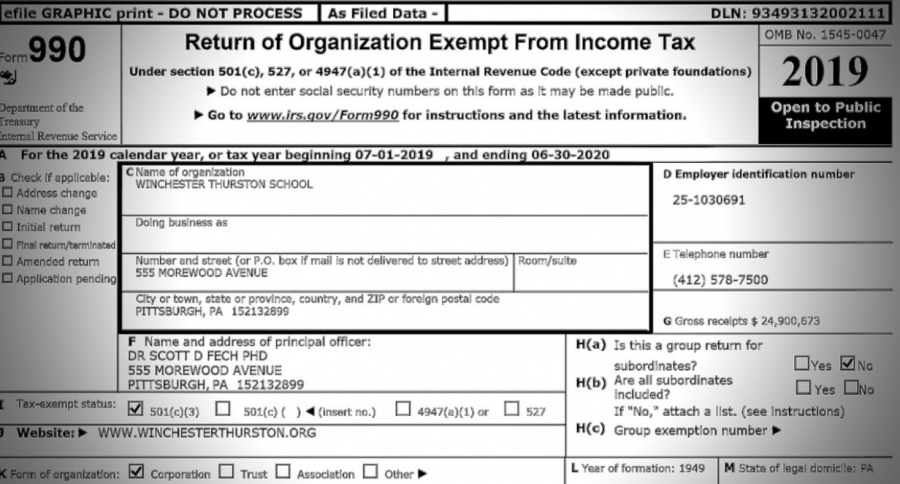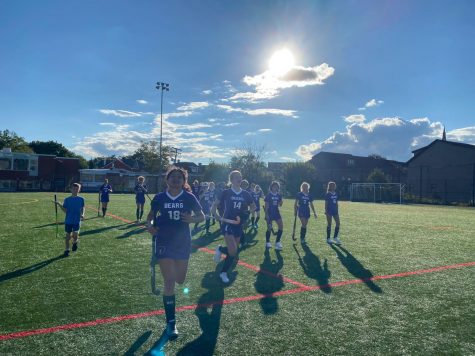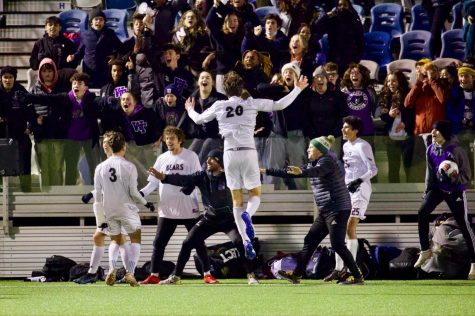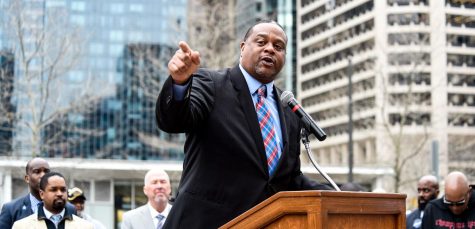Dissecting Winchester’s 2019 Form 990
How Winchester Made and Spent its Money
Every year, Winchester Thurston files a special document with the Internal Revenue Service called “Return of Organization Exempt From Income Tax,” or Form 990. For a 501(c)(3) educational non-profit such as Winchester, the 990 helps the IRS ensure an organization’s suitability for tax-exempt status and provides the public with an understanding of where tax-exempt money comes from and goes to. The document is split into the main form and schedules, both divided into parts which detail an organization’s financials. Reading the 990 from Winchester Thurston’s 2019 fiscal year—July 1, 2019, to June 30, 2020—can help to demystify some of the school’s inner workings.
Revenues
The term “revenue” refers to money received by an organization. In the 2019 fiscal year, Winchester brought in $22,260,432 split among tuition and auxiliary enterprises ($19.81 million), donations and grants ($1.46 million), and investment income ($978,290).
More specifically, $18.02 million of that $19.81 million came from tuition, $1.62 million came from auxiliary enterprises like WTAfter3, summer programs, and renting out facilities, and $174,518 came from miscellaneous fee income.
The $1.46 million of donations and grants can be split into $1.36 million in conventional donations and $102,150 in government grants. Left out of this figure is a $264,482 donation Winchester received in publicly traded stock, which was liquidated per school policy and reported under fundraising revenues.
The investment income of $978,290 was split among the difference of stocks bought and sold at $709,151 and investment dividends (money returned to shareholders) at $269,139.
Expenses
Expenses tell how an organization spends money. In the fiscal year of 2019, Winchester Thurston spent $22,439,705. Although this figure is higher than revenue over the same period, the school’s assets allay any concerns about financial health, and net profits tend to fluctuate from year to year. Additionally, most would be assured that the school is spending as much as possible on students’ education.
Expenses, while many, primarily come from a few areas. Salaries, benefits, and payroll taxes for 314 employees (which includes coaches, summer camp staff, and other part-time workers) made up $11.50 million of expenses, effectively half of the total $22.44 million figure. Financial aid for 251 Winchester students cost $4.04 million, and “General and Administration” amounted to a further $1.36 million.
Although costs for the top five independent contractors are built into the expenses, they are also listed separately to be scrutinized. Most expensive for Winchester was health insurance from UPMC Health Plan at $1.30 million. Additionally, the school paid $605,758 to Rycon Construction for remodeling of Dorrance Library, $542,224 to Metz & Associates for the school lunch program, and $398,070 to Central Maintenance & Service for janitorial services. Also listed is the $572,364 sent to Comdata, as they operated the school’s corporate credit card.
Assets and Liabilities
Assets are what an organization possesses which have value, and liabilities are its debts.
Winchester has $42,551,186 in total assets, not including liabilities. $5.71 million is in cash, a $2.4 million increase from the previous fiscal year including a $2.1 million PPP loan received in April 2020. $17.29 million is in tangible assets including $13.35 million of value in the buildings, $2.32 million in the equipment, and $1.63 million in the land. $18.83 million is in the endowment—a figure still recovering from the pandemic-induced panic in the stock market but one likely to have rallied in recent months. The school also has a $6.40 million tax-exempt bond in the Wilkinsburg Borough Industrial and Commercial Authority.
Weighing on the $43 million assets is the school’s $14,028,770 in liabilities. $8.32 million is long-term, mostly the Wilkinsburg bond and PPP loan. $3.55 million is in deferred revenue, which is money the school has been paid for services it hasn’t yet provided, like early payments for tuition. Another $1.77 million is in short-term bills and expenses.
Winchester’s net assets, or the total assets minus total liabilities, comes to $28.52 million. This figure is lower than the $29.29 million of the previous fiscal year, but, given the stock market movements at the time and since, reading too much into the difference may mislead.
As of this writing, the 990 of Sewickley Academy from 2019 has been made public, but that of Shadyside Academy has not. Regardless, Winchester is in a very good position compared to other organizations. The school’s 990 is reviewed by the Board of Trustees prior to filing each year. Reading Winchester’s audited financial statements, in addition to its form 990, may provide a clearer picture of the school’s health.
If you want to read Winchester Thurston’s form 990 from July 1, 2019, to June 30, 2020, click here.












